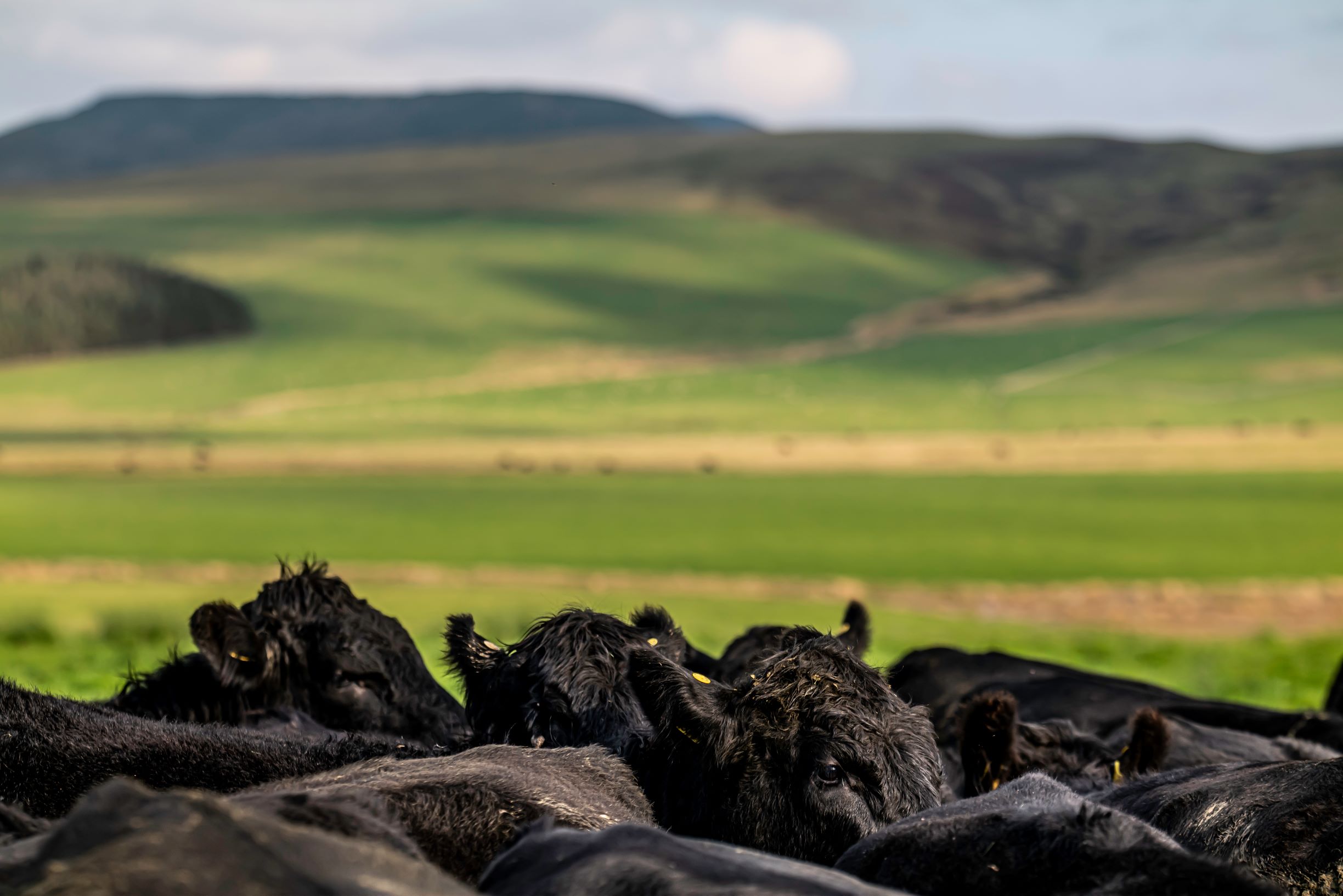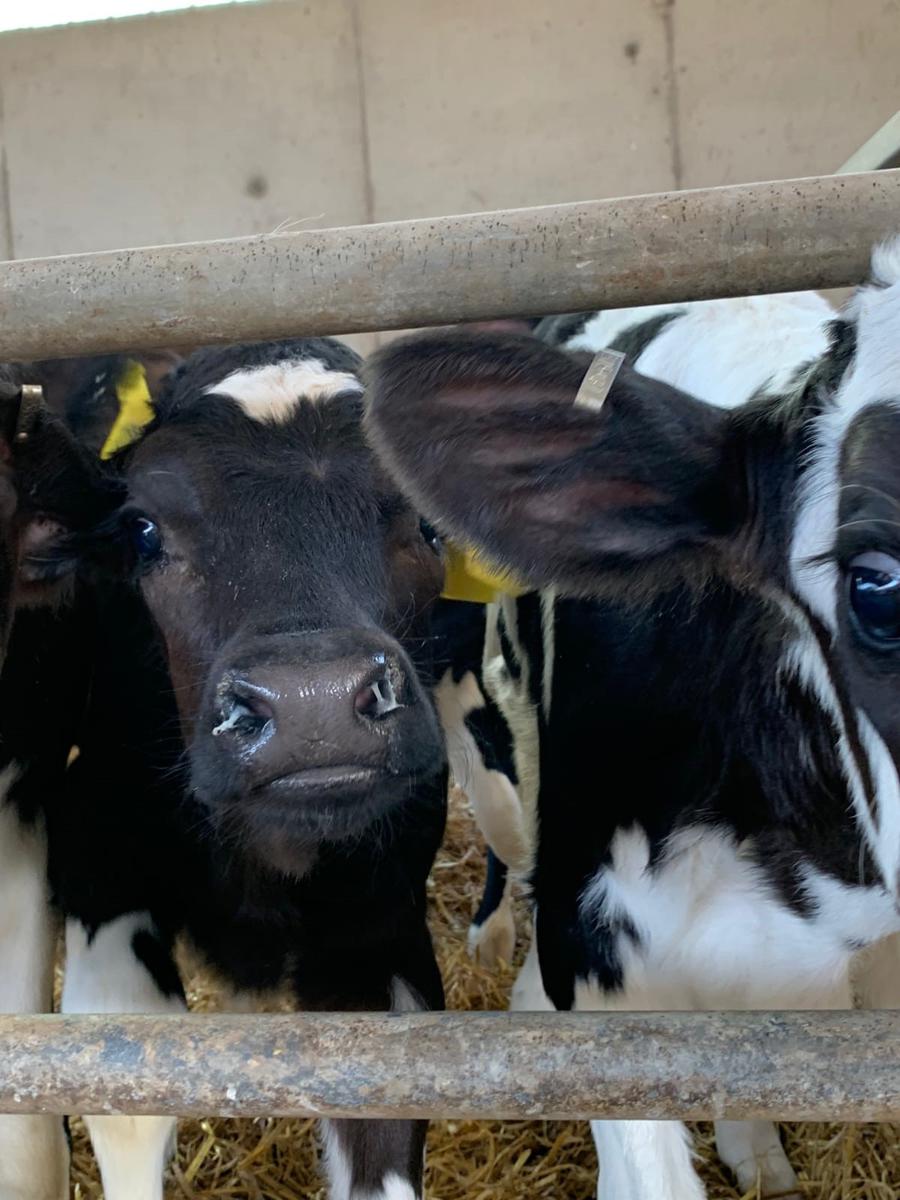



RH&W unveils bold plans to eradicate BVD and sheep scab by 2031
The livestock industry has set out bold ambitions to eradicate sheep scab and Bovine Viral Diarrhoea (BVD) by 2031, among other goals, following a Ruminant Health and Welfare (RH&W) workshop held on 29 June.The workshop included over 70 leading farmers, vets, researchers and industry stakeholders from across the four nations of the UK. Attendees set the agenda in advance by singling out "actionable" sheep and cattle diseases from a list of priorities identified in the RH&W grassroot survey results released in May.

RH&W chair Nigel Miller explained that by setting management, control and/or eradication targets for the year 2031, the workshop participants were aiming to create a new high-health environment across farms of the four nations before the next decade.
“We need this health platform to elevate animal welfare and play a part in securing export markets,” he explained.
“We are going into a period of extraordinary change; we have got to be willing to push back on the accepted boundaries of health and production. World class economic efficiency and the building pressures of low carbon production demand a higher national flock and herd health status; mapping out clear change targets is a vital step to secure that goal.”
BVD eradication is already in progress through different statutory and voluntary efforts in each of the four nations. But introducing mandatory control will be the next step with co-ordinated messaging and approaches.
Sam Strain, chief executive at Animal Health and Welfare Northern Ireland (AHWNI), was heavily involved in establishing NI’s compulsory BVD programme, and strongly advised that legislation was critical for eradication.
“We live in an archipelago where animals are often traveling across borders,” he said. “Any control programme needs to have co-ordinated messages between the four nations – being cognisant of international requirements such as the EU Animal Health Law.”

Re-engagement was high on the list of interim goals. “It’s clear that different sectors have their own priorities and timeframes for BVD control which has led to the diversity of UK schemes,” explained Dr Strain. “Co-ordination between the schemes is crucial to controlling this infection across the UK.
“A key challenge is the retention of persistently infected (PI) calves; industry initiatives like making the retention of BVD positive animals a non-conformity for the NI beef and lamb farm quality assurance scheme have made significant contributions to the NI programme, encouraging the timely removal of these animals from the population.”
Another ambition from the workshop was to reduce dairy cow lameness by 30% year-on-year. Steps to achieve this goal include better utilisation of current tools and policy, with a whole food chain approach, consideration of contextual factors on farm, and the collection and use of robust and consistent data.
Martin Green, professor of cattle health and epidemiology at the University of Nottingham, said that lack of data had been identified as an obstacle by the AHDB mobility steering group.
“Data is needed to better understand the scale of lameness and what is achievable in terms of targets and sustainability year-on-year,” he said. “Mobility scoring is extremely valuable and encouraging widespread uptake with support and mentoring from the industry will be key in meeting industry targets.”


